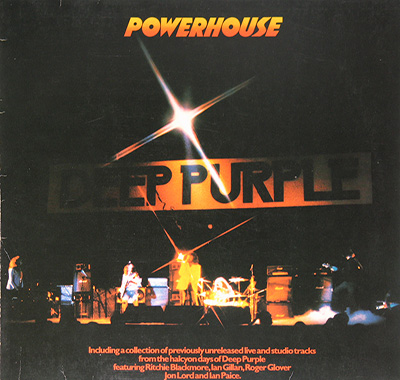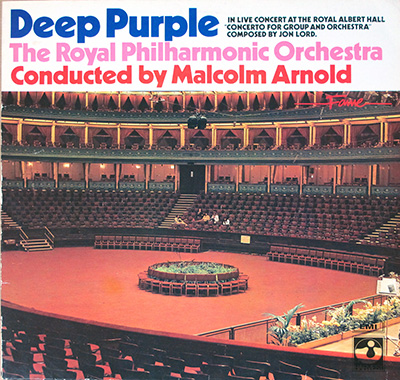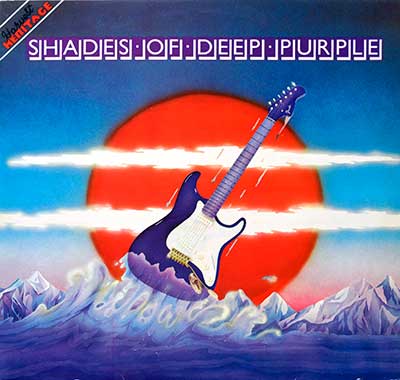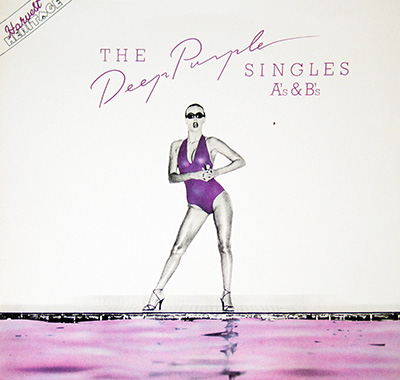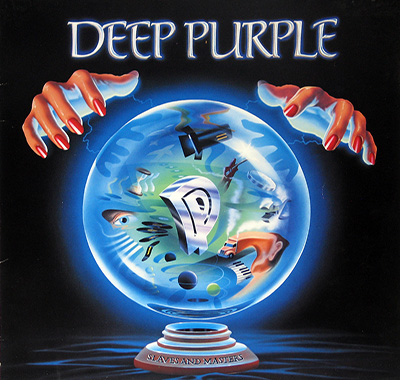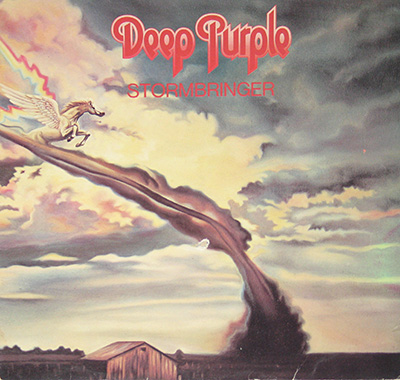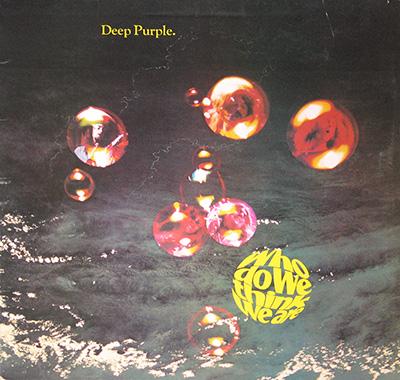Deep Purple's "Fireball": A Raw, Unpolished Gem from the Golden Age of Hard Rock:
The year is 1971. The Vietnam War rages on, Nixon is in the White House, and a musical revolution is underway. In the heart of this turbulent era, Deep Purple, the British hard rock titans, unleash their fourth studio album, "Fireball." This isn't just another record; it's a raw, unpolished testament to a band pushing the boundaries of their sound and exploring new sonic territories.
"Fireball" isn't your typical Deep Purple album. It's not as heavy or as blues-driven as its predecessor, "In Rock." Instead, it's a curious blend of styles, a kaleidoscope of experimentation that sees the band venturing into progressive rock, funk, and even a touch of psychedelia. The result is a record that's both exhilarating and frustrating, a wild ride that leaves you breathless and wanting more.
The album opens with the title track, "Fireball," a blistering hard rock anthem that sets the tone for the rest of the record. It's a relentless assault of Ritchie Blackmore's scorching guitar riffs, Jon Lord's swirling Hammond organ, and Ian Gillan's signature banshee wail. It's a song that grabs you by the throat and refuses to let go, and its iconic opening "whoosh" sound has been a subject of much debate among fans, with some even attributing it to the studio's heating system.
From there, the album takes a detour into the funky, psychedelic realm with "Strange Kind of Woman," a track that's as groovy as it is weird. It's a testament to the band's willingness to experiment, to take risks and push the boundaries of their sound. This track, originally a non-album single, became a major hit and further fueled anticipation for the album's release.
The experimentation continues with "The Mule," an instrumental jam that showcases the band's virtuosity and improvisational skills. It's a showcase for each member to shine, from Blackmore's lightning-fast guitar runs to Ian Paice's thunderous drumming. Fans often highlight this track as a prime example of the band's musical chemistry and ability to create extended jams that never feel indulgent.
But it's not all experimentation. The album also features some classic Deep Purple moments, like the hard-driving "Demon's Eye," a song that's become a staple of their live shows, and the epic "Fools," a sprawling progressive rock track that showcases the band's ambition and musical prowess. The omission of "Demon's Eye" from the initial US release caused a major uproar among fans, and its eventual reinstatement on later pressings is a testament to the song's enduring popularity.
"Fireball" was recorded at De Lane Lea Studios in London, with the band's long-time producer, Martin Birch, at the helm. Birch, known for his work with Black Sabbath and later Iron Maiden, captured the raw energy and intensity of the band's performances, resulting in a record that sounds as fresh and vital today as it did in 1971.
While "Fireball" may not be Deep Purple's most commercially successful or critically acclaimed album, it holds a unique place in their discography. Its eclectic mix of hard rock, progressive elements, and funk influences makes it a fascinating listen that continues to spark debate and discussion among fans. The album's raw energy, musical diversity, and controversial moments have all contributed to its enduring legacy as a testament to Deep Purple's willingness to take risks and explore new sonic territories.
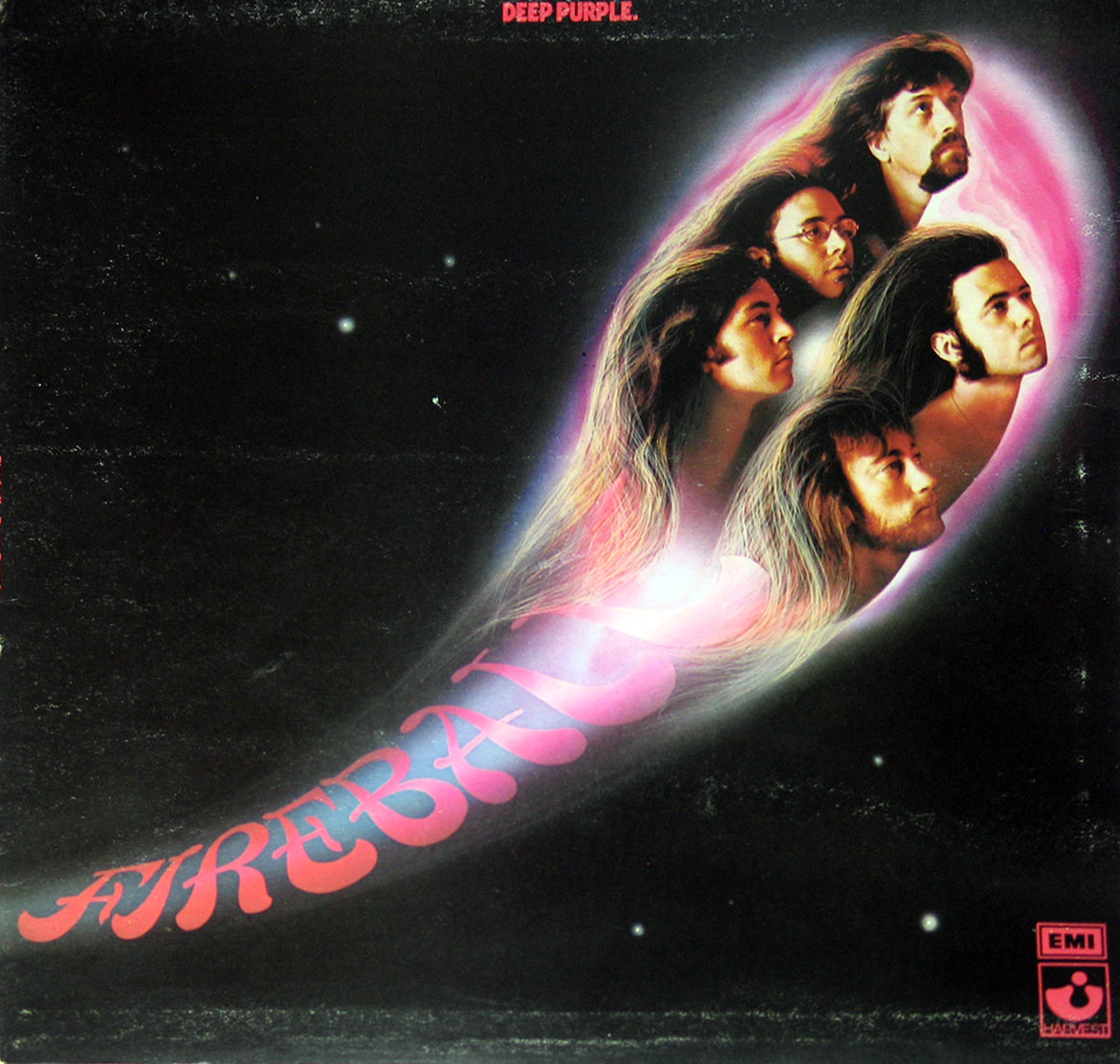
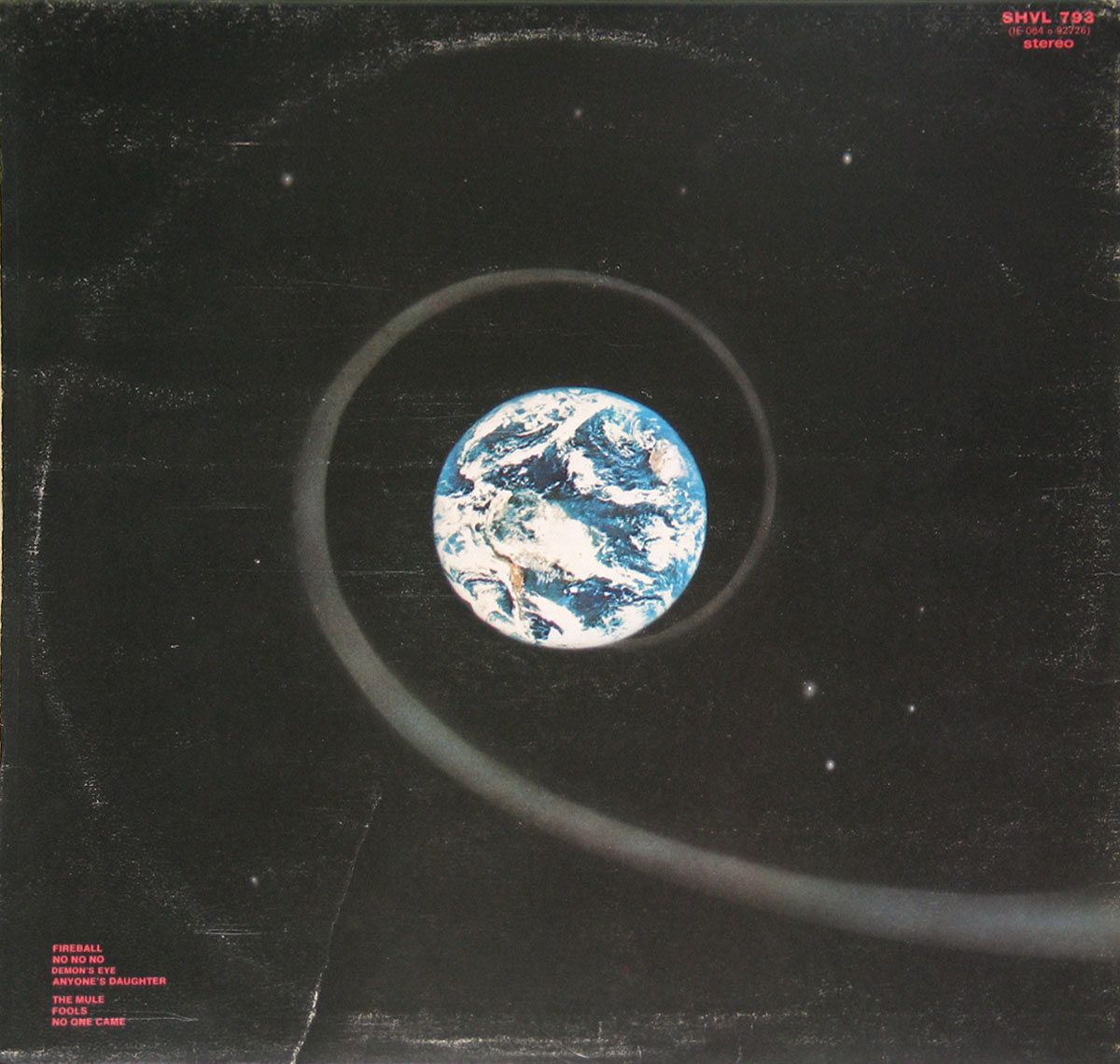
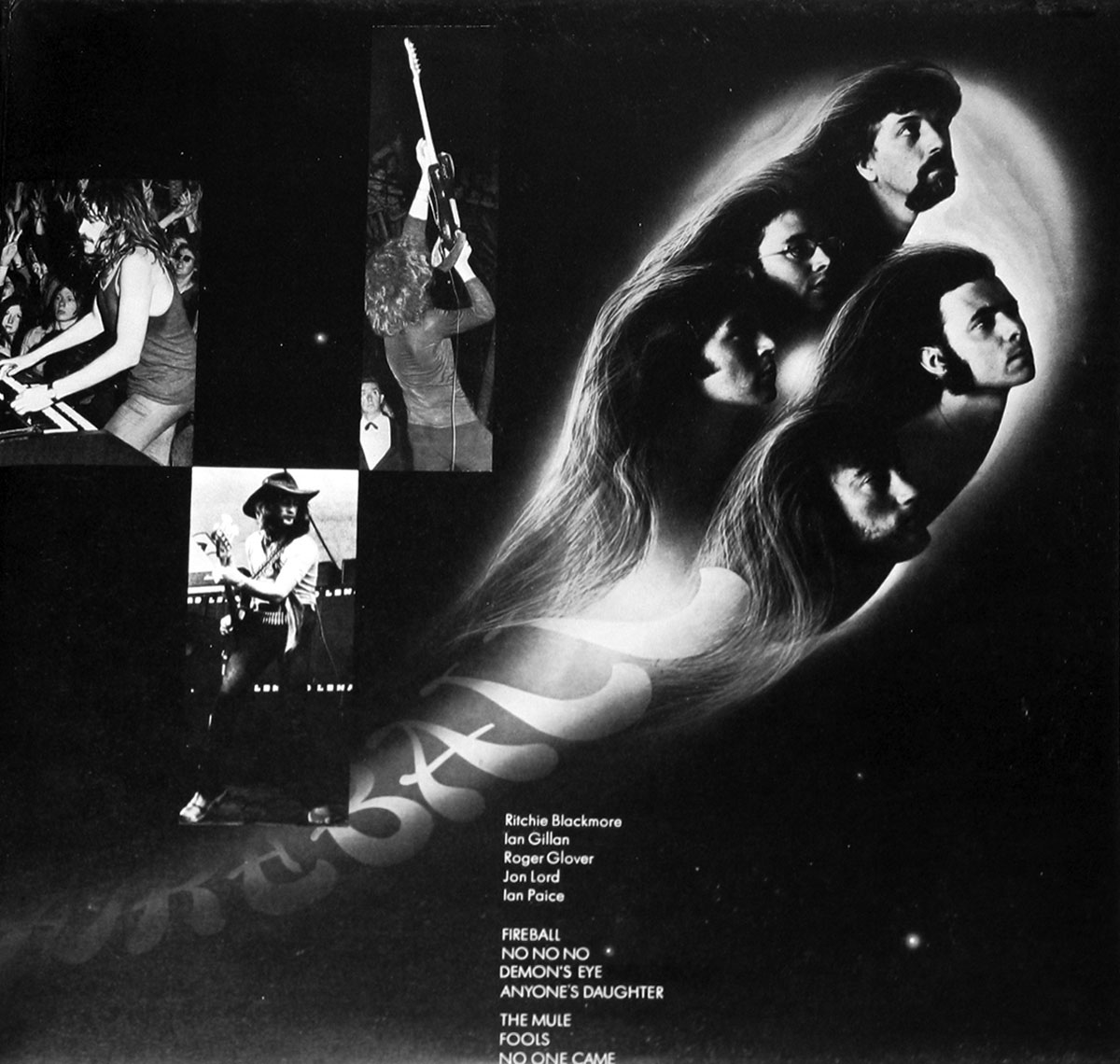
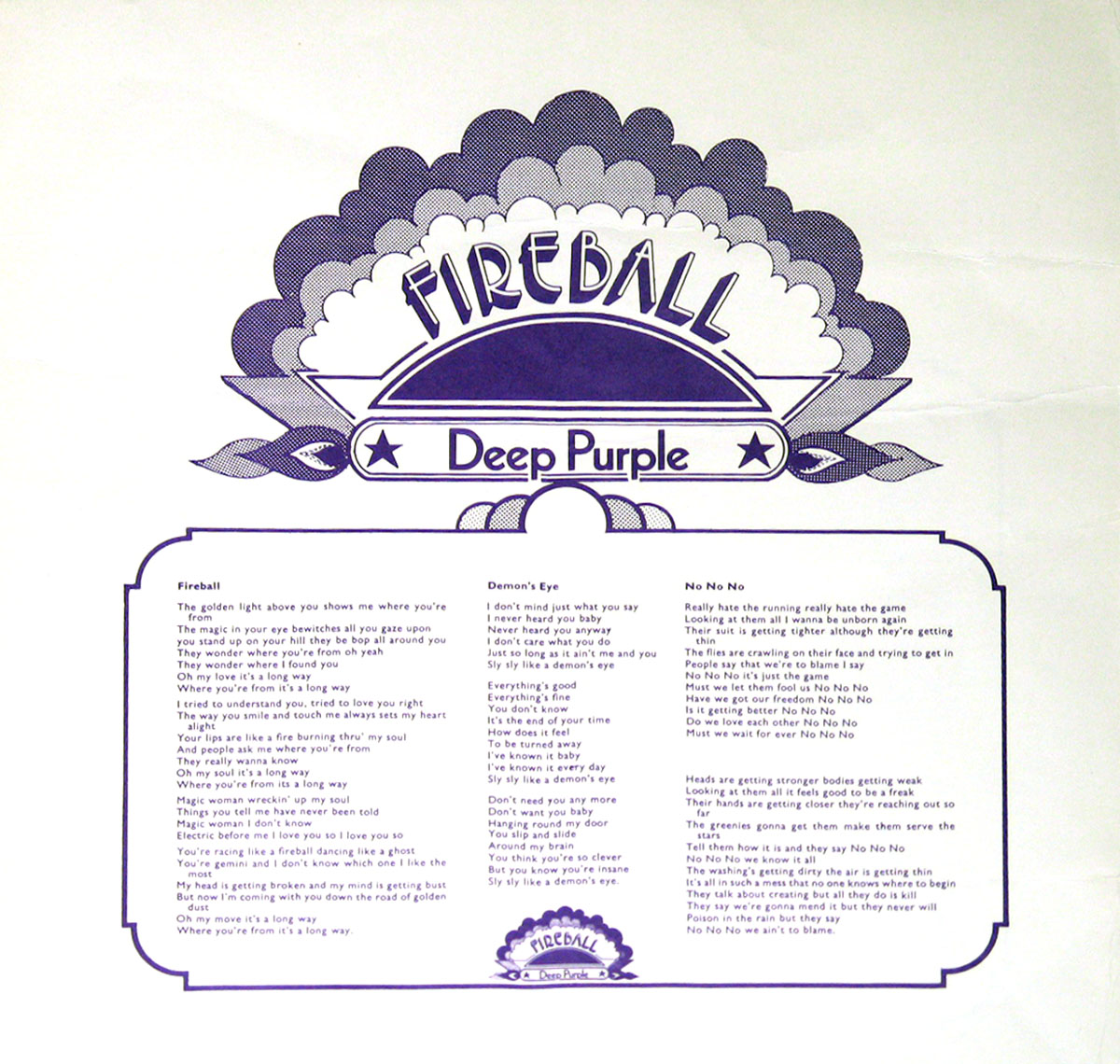
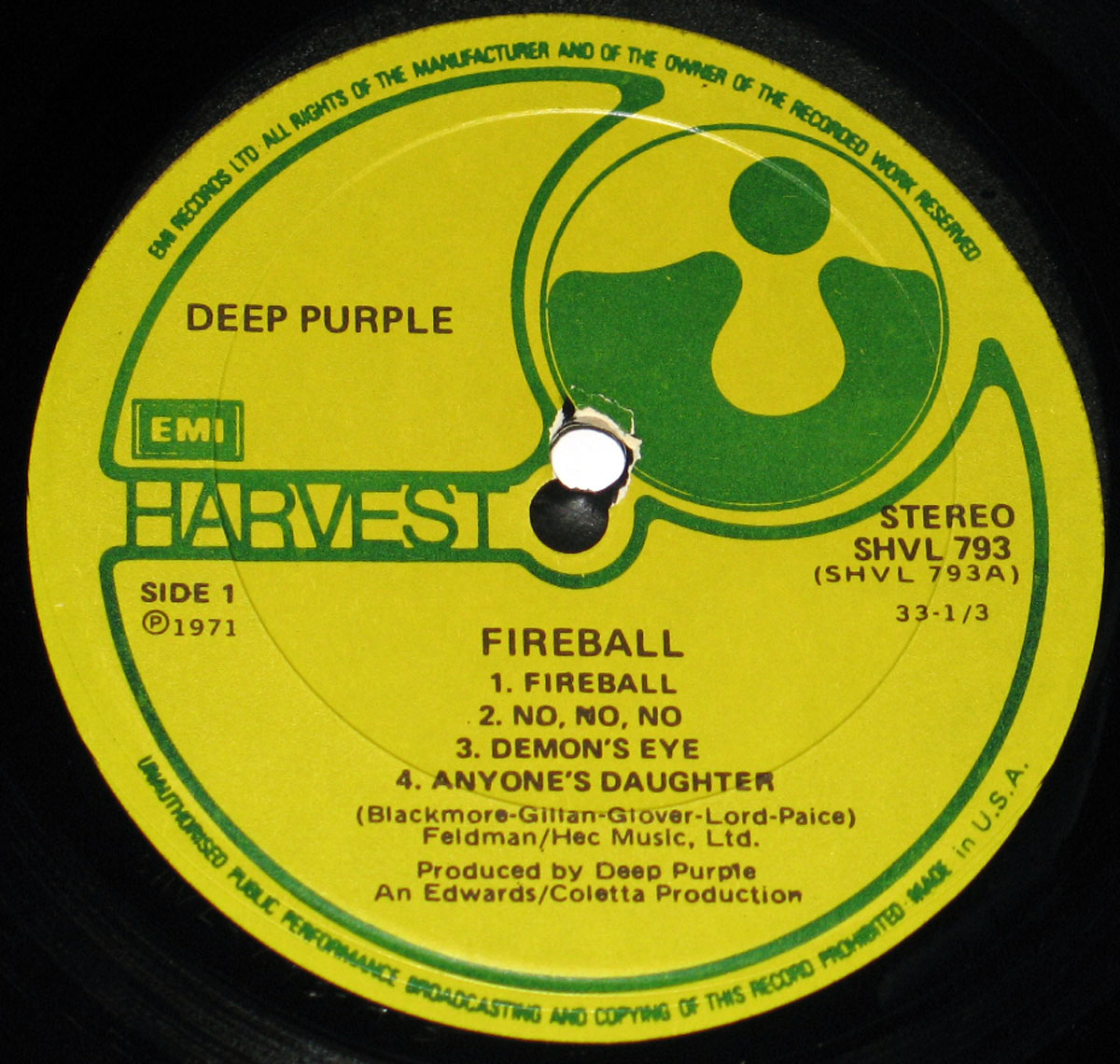

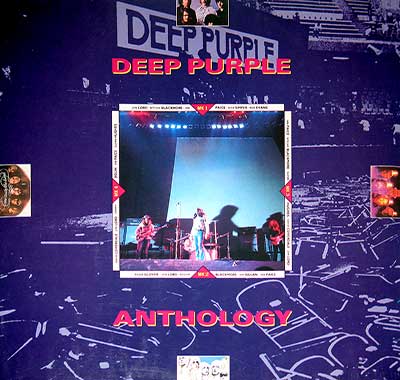
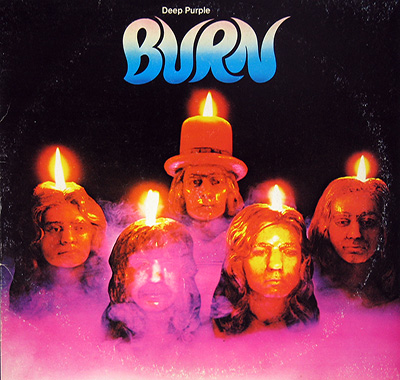
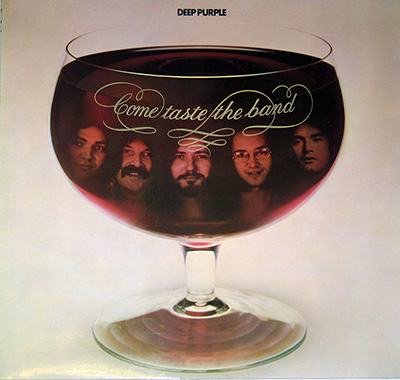
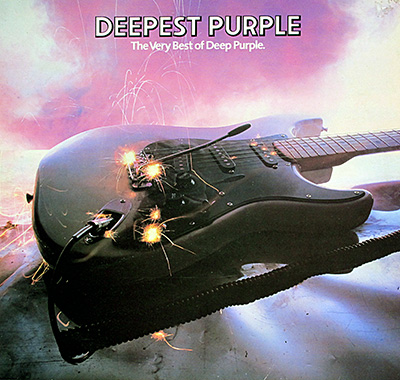
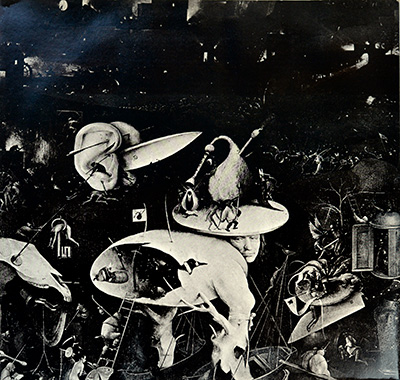
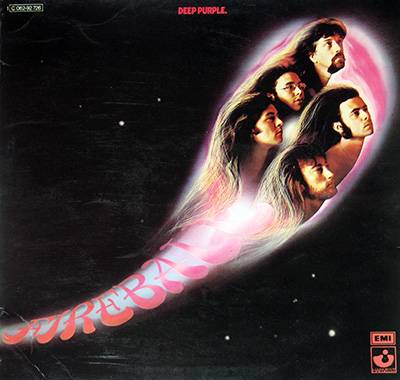
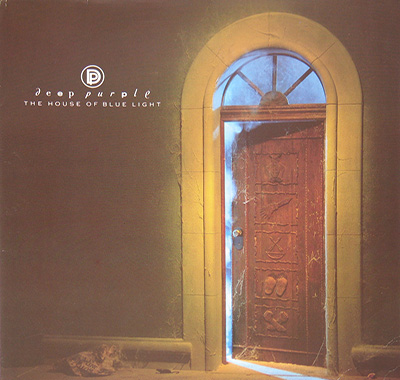
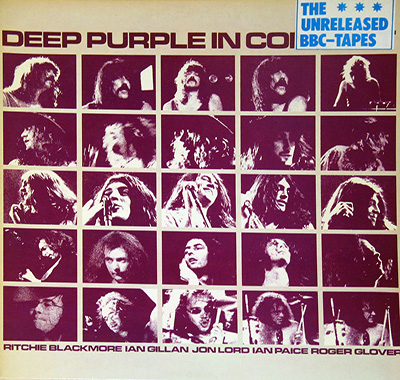
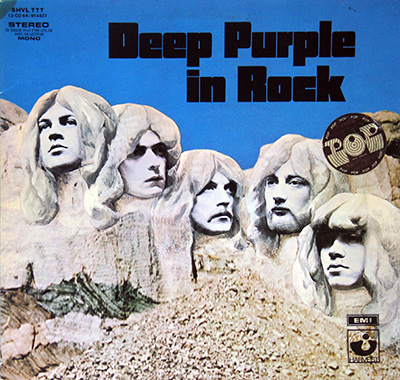

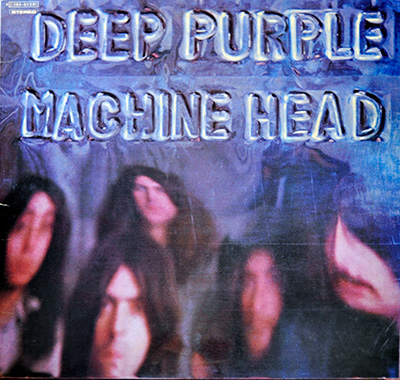
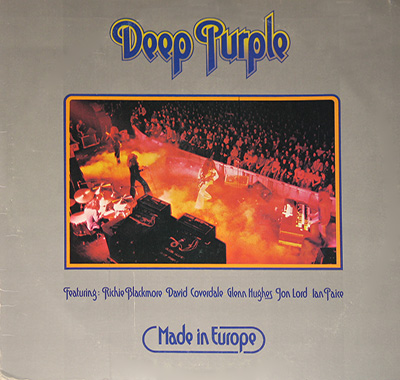
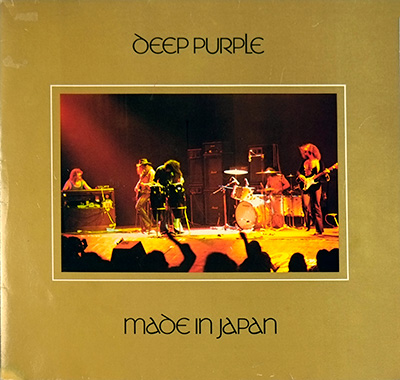
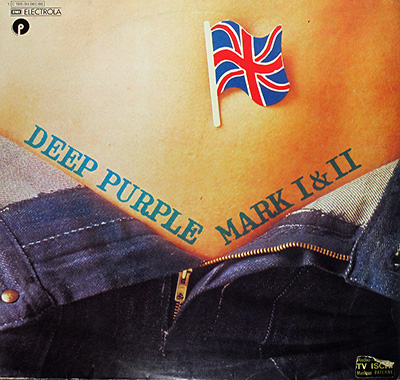
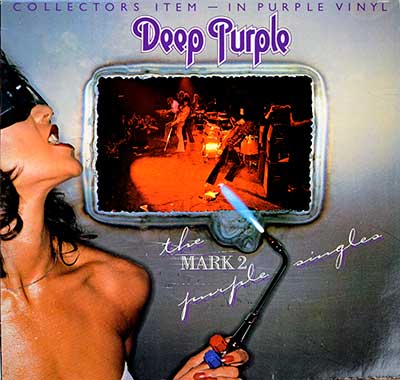
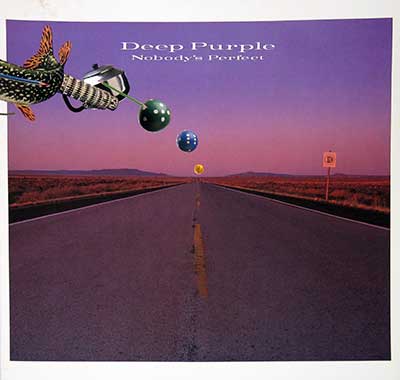
.jpg)
